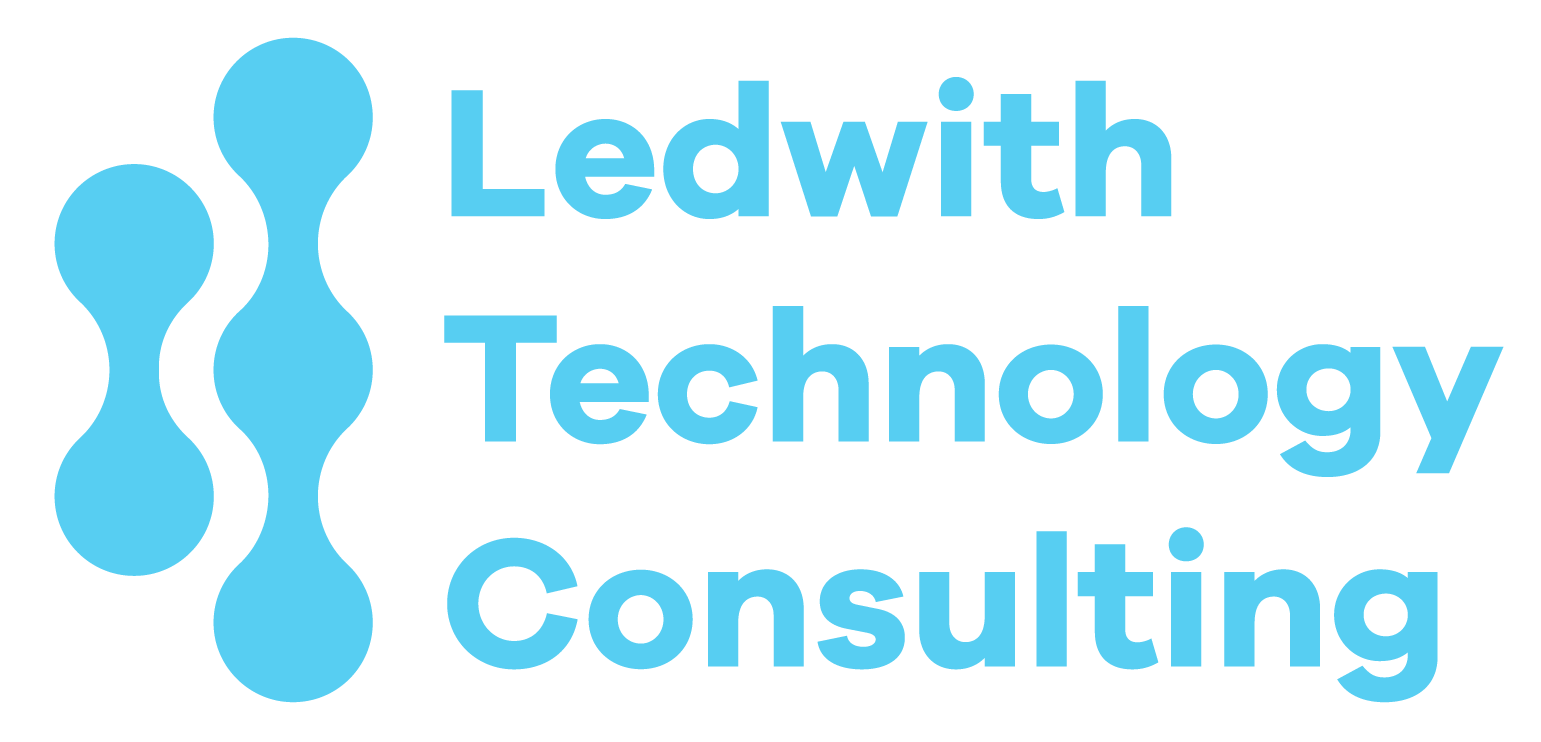By Stephen Ledwith February 19, 2025
Security isn’t just an IT problem—it’s a business imperative. Yet, too often, security is treated as an afterthought, something bolted onto a product after the fact instead of baked in from the start.
The reality is that security is everyone’s responsibility, from developers writing code to executives making strategic decisions. The best security strategy isn’t a tool or a firewall—it’s a security-aware culture where every team member understands and prioritizes security in their daily work.
This article explores how to instill a security-first mindset across product, development, operations, and leadership, with real-world examples and actionable strategies.
1. Understanding Security Culture: More Than Just Policies
A culture of security awareness isn’t just about having policies in place. It’s about changing how people think about security and embedding security principles into daily workflows.
“Security is not a product, but a process.”
— Bruce Schneier, Cryptographer & Security Expert
A team that reacts to security incidents isn’t security-aware. A team that prevents security incidents before they happen is.
The key to building this mindset is education, accountability, and reinforcement. It starts with leadership buy-in and extends to every employee, contractor, and vendor interacting with your systems.
2. Instilling a Security Mindset in Product Teams
Security isn’t just the job of the engineering team—it starts at the product level. If security considerations aren’t factored in during the planning and design phase, they’ll be costly and painful to retrofit later.
Shift Left on Security
Security issues are cheapest to fix when caught early. The shift-left approach integrates security into the planning and design phases, rather than treating it as a post-launch concern.
Example: A financial services company building a new mobile app incorporates security threat modeling in the early product design phase, identifying risks like data leaks and authentication weaknesses before a single line of code is written.
Practical Strategies for Product Teams
- Embed security into product requirements—Define security acceptance criteria alongside functional requirements.
- Use threat modeling early—Map out potential attack vectors before development begins.
- Make security user-friendly—If security measures frustrate users, they’ll work around them. Build seamless multi-factor authentication (MFA) and secure passwordless login experiences.
Real-World Example: Embedding Security into Product Requirements
A fintech startup developing a mobile banking app needed to ensure user transactions were secure from launch. Instead of treating security as an afterthought, they embedded security requirements directly into the product development process:
Requirement: All user authentication must support biometric login (Face ID, fingerprint) and multi-factor authentication (MFA).
Requirement: All stored and transmitted customer data must be end-to-end encrypted (AES-256 for storage, TLS 1.3 for transmission).
Requirement: All API requests must include signed JWT tokens with role-based access control (RBAC) to prevent unauthorized access.Outcome: Because these security requirements were part of the product definition from day one, development teams didn’t have to retrofit security later. The app passed security audits without costly last-minute changes, and customers benefited from seamless, built-in security at launch.
Key Takeaway: Security should be as fundamental as functionality—it belongs in product requirements, not a checklist after development.
By making security an integral part of product decisions, teams can proactively reduce vulnerabilities before they reach production.
3. Secure Development Practices: Developers as the First Line of Defense
Developers build the foundation of security. A single hardcoded credential, unvalidated input, or improperly configured API can expose an entire system to attacks.
How to Make Secure Coding a Habit
- Train developers in secure coding principles—Educate engineers on common vulnerabilities like SQL injection, cross-site scripting (XSS), and insecure authentication.
- Use automated security tools—Integrate static application security testing (SAST) and dynamic security testing (DAST) in CI/CD pipelines.
- Encourage a secure-by-default mindset—Set up linting rules and pre-commit hooks to enforce security best practices.
Example: A software team at an e-commerce company implements automated dependency scanning to catch vulnerabilities in third-party libraries before deployment.
Callout: What is Secure Coding?
Secure coding refers to the practice of writing software in a way that prevents vulnerabilities and mitigates security risks. Secure code is resistant to attacks such as SQL injection, buffer overflows, and authentication bypasses.
By giving developers the tools and knowledge to write secure code, security becomes part of the development workflow, rather than an afterthought.
4. Operations & Infrastructure: Hardening the Attack Surface
A secure application running on an insecure infrastructure is still a liability. Ops teams play a critical role in protecting systems, detecting threats, and responding to incidents.
Zero Trust Security Model
Traditional security models assume internal networks are safe—that assumption is obsolete. The Zero Trust model requires:
- Continuous authentication—Every request must be verified, even inside the network.
- Least privilege access—Users and services get only the minimum access needed.
- Network segmentation—Limit the blast radius of security incidents.
Example: A SaaS company adopts Zero Trust principles by implementing role-based access control (RBAC) and continuous identity verification, reducing internal attack surfaces.
Key Security Practices for Ops Teams
- Use infrastructure as code (IaC) to enforce security policies at scale.
- Automate security patching to eliminate vulnerabilities in cloud environments.
- Monitor logs and alerts for unusual activity—automated anomaly detection can spot security threats in real-time.
Callout: What is Zero Trust Security?
Zero Trust is a security framework that assumes no entity is inherently trustworthy—every access request must be verified based on identity, device health, and context before granting permissions.
By implementing ** Zero Trust and automation **, ops teams can minimize risk and improve response times.
5. Leadership’s Role in Building a Security-First Culture
Security starts at the top. If leadership doesn’t prioritize security, neither will the team.
How Leadership Drives Security Culture
- Invest in ongoing security education—Make security awareness part of company-wide training.
- Tie security to business outcomes—Frame security in terms of customer trust, regulatory compliance, and financial impact.
- Lead by example—If executives ignore security best practices, employees will too.
Example: A CTO mandates quarterly security drills, simulating phishing attacks and system breaches to test and refine the organization’s response.
Callout: What is Security Awareness Training?
Security awareness training educates employees on recognizing and preventing cyber threats, such as phishing, social engineering, and insider threats.
Executives who champion security create a trickle-down effect that ensures every team member takes security seriously.
Final Thoughts: Making Security a Habit, Not a Hurdle
Creating a culture of security awareness doesn’t happen overnight—it requires consistent education, reinforcement, and leadership support.
Key Takeaways:
✅ Security is everyone’s responsibility, from developers to executives.
✅ Shift security left—embed security in product design and development early.
✅ Automate where possible—use security tools to catch vulnerabilities before release.
✅ Lead by example—when leadership prioritizes security, teams follow suit.
Security isn’t just about avoiding breaches and compliance fines—it’s about protecting customers, reputation, and long-term success.
You May Also Enjoy Reading:
Further Reading on Security Awareness in Software Development
Want to go deeper into security best practices and how to build a culture of security awareness in your tech teams? These resources provide expert insights, frameworks, and real-world case studies to enhance your security knowledge.
1. OWASP: Open Web Application Security Project
The OWASP Foundation is a global leader in web application security awareness and best practices. Their resources include:
- OWASP Top 10 – The most critical security risks for applications.
- Cheat Sheets – Secure coding practices for developers and architects.
- Security Testing Guides – How to evaluate vulnerabilities in software development.
💡 Recommended Reading:
2. NIST Cybersecurity Framework
🔗 https://www.nist.gov/cyberframework
The National Institute of Standards and Technology (NIST) provides a comprehensive framework for implementing security controls in organizations. This resource is particularly useful for:
- Technology leaders looking to align security with business objectives.
- Development and ops teams needing guidelines on securing software supply chains.
💡 Recommended Reading:
3. Google’s Secure Software Development Lifecycle (SSDLC) Guide
🔗 https://cloud.google.com/security
Google has built security into every aspect of their software development lifecycle (SDLC). Their SSDLC guide provides best practices on:
- Security design reviews before development starts.
- Automated security testing and vulnerability scanning.
- Threat modeling and risk assessment for cloud-native applicati
Stephen Ledwith is a seasoned technology leader with decades of experience in enterprise security, technology strategy, and team leadership. For more insights, visit The Architect and The Executive.




